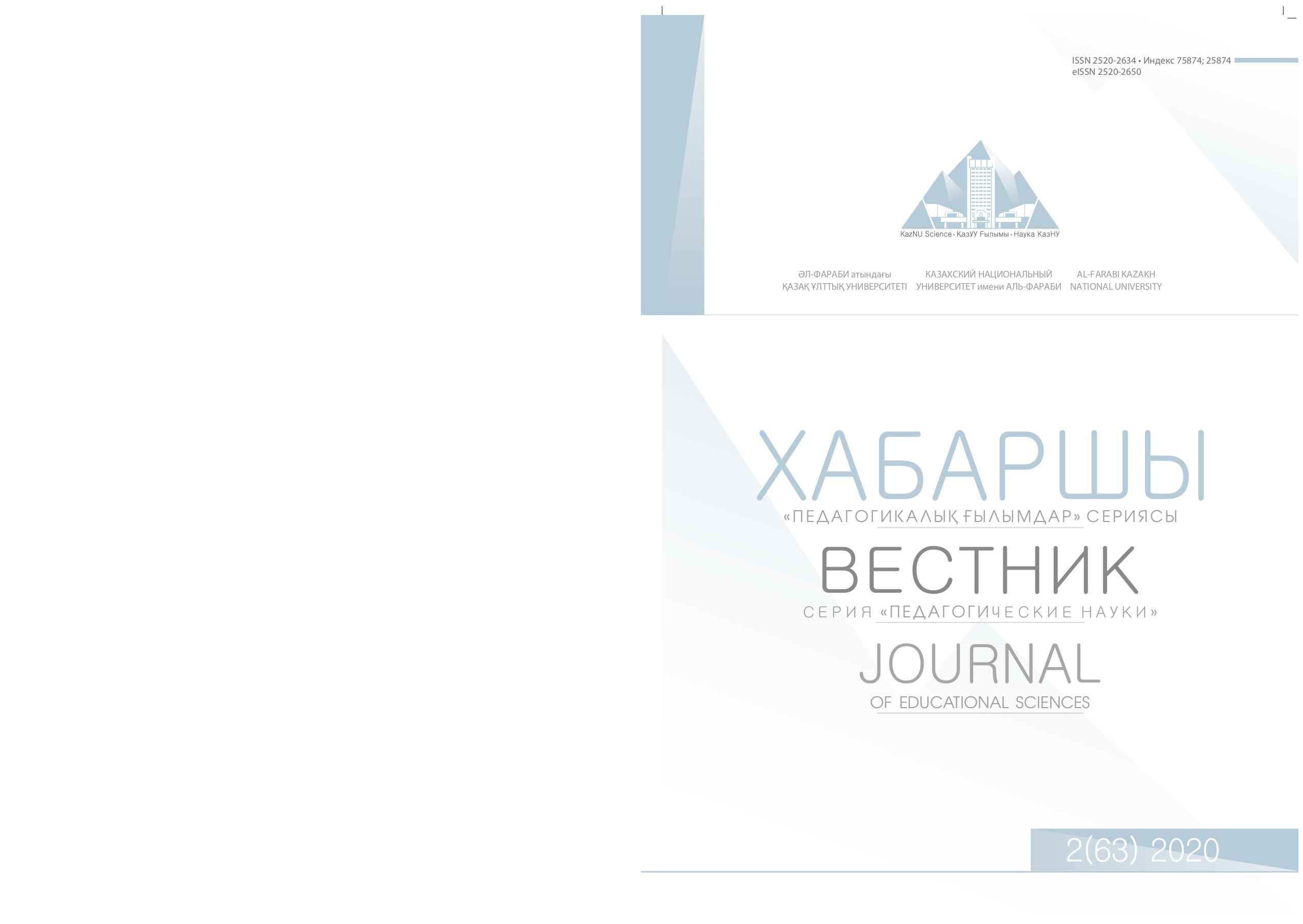Description of Syllabus Types in Teaching English
DOI:
https://doi.org/10.26577/JES.2020.v63.i2.11Abstract
Knowledge of the English language is not only the personal interest of each student in a comprehensive
school, specialized or higher educational institution, but also the requirements of the state and sociopolitical
needs. An integral part of language learning is the syllabus. The syllabus in the domestic education
system is one of the most important and decisive tools in the organization of the educational process, its
educational and methodological support. However, during the preparation of the article, it was noted that
this topic is still not thoroughly studied as a scientific topic in our country. The researcher analyzed the
types of syllabuses for teaching a foreign language, including English. First, the concept of the curriculum
was determined on the basis of the scientific works of world scientists, the goals and objectives of the syllabuses
were considered. The syllabus in the context of our country is also highlighted. The main emphasis
in the article was placed on the analysis of the types ofsyllabus, so we focused on the history and features
of the syllabus, its relationship with various teaching methods. The article also discussed advantages and
disadvantages of various syllabus, based on the opinions of scholars. The analysis was also aimed at acquainting
readers with the important components of the syllabus, with comparisons of syllabuses, with
scientists who studied the syllabus, and focus on further in-depth studies of the syllabus.
Key words: types of syllabuses, teaching foreign languages, teaching methods, syllabus components,
advantages and disadvantages of the syllabus.







